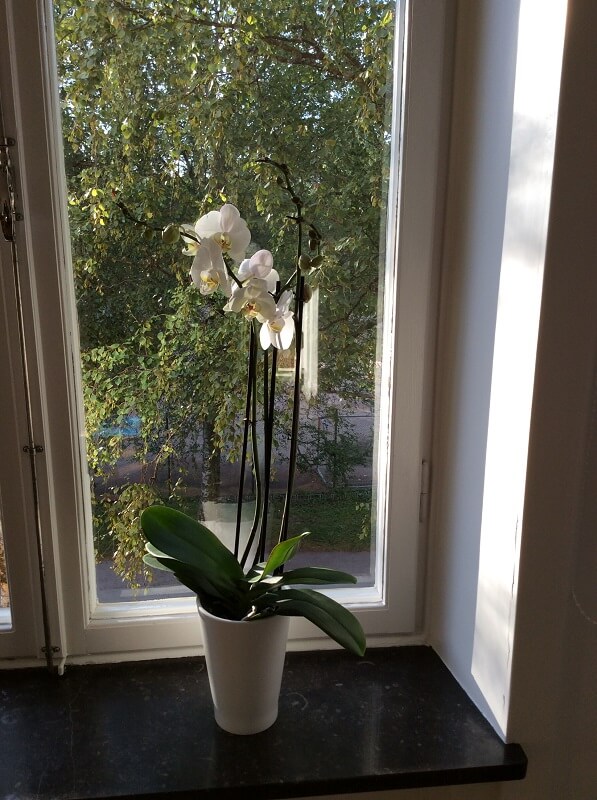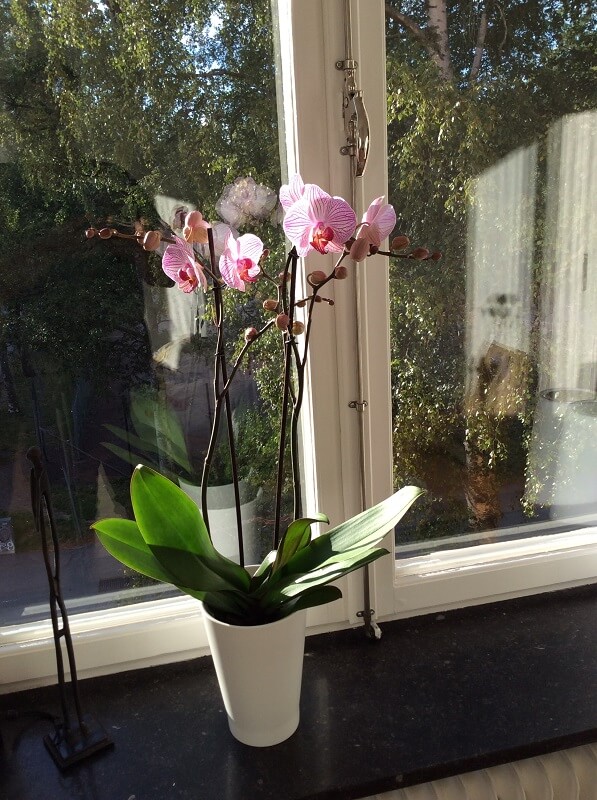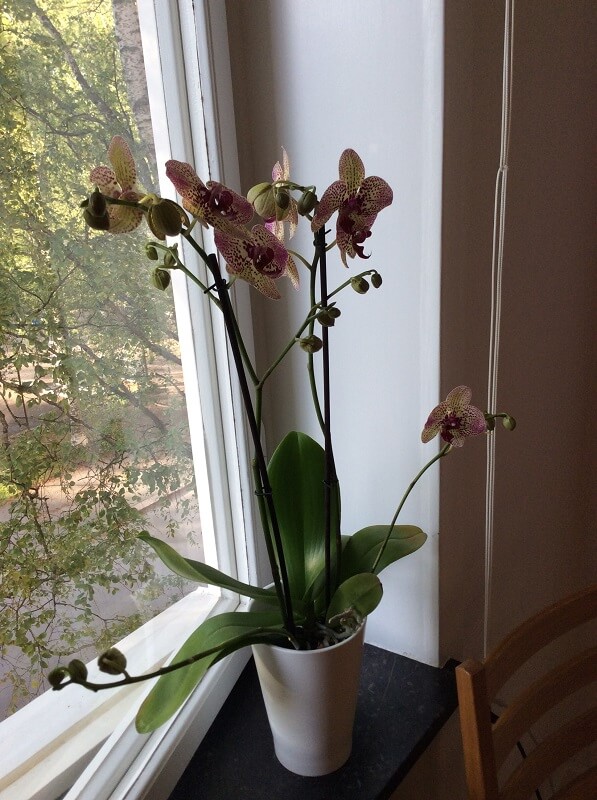Prepare your plants for moving
When relocating households/offices it can be a difficult time for deciding firstly what plants to bring when moving and secondly how to transfer the plants in a sensitive manner. Problems that arise when moving plants in a long distance move mainly focus around temperature, light, space and shortage of water. Preparing correctly for moving with plants should be implemented weeks in advance and it is entirely your responsibility to pack and label each plant correctly.
2/ 3 Weeks before moving
Conduct research on how to trim your plants correctly, this can be done by consulting a local florist or reading relevant plant books/articles. A good idea is to start the process of repotting as this will help overcome the shockphase a long time before the move commences. It is best to transplant into hard plastic containers to minimize risk of breaking which could happen if the pots are made of clay, glass or a ceramic layer.
Deciding to carry out trimming weeks in advance has many benefits such as making the plants easier to move allocating more space and also improving the health of the plant which could be vital if the move is a long distance commute.
Not all plants however should be trimmed for example a cactus should be left alone as it does not react well to pruning this identifies the importance of researching weeks in advance to stamp out future issues after the move is complete.
1 Week before moving
It is important to inspect the plants you have decided to bring on your move and this should be carried out the week before departing. The inspection should look for pests and diseases, if there are any failures then that plant should be left behind. An important factor to remember is to avoid chemicals in particular when the move is about to commence.
Last 48 Hours
The last 48 hours is the last chance to water your plants before the move begins. It is important to ensure the water is well absorbed before the move begins as this could encourage a loss in water with the plant being tossed around. A couple of tips when packing the plants are to line the boxes with plastic bags to stop moisture from breaking through and damaging cartons. As well make sure to label the sides of the boxes as “Fragile-Plants” so that the delivery workers are aware what is in the boxes. Remember to wrap plastic pots in dry paper only and to cut holes at the sides and lid of the containers to provide good ventilation and prevent high levels of moisture.
It is a good idea to place plants which are around a similar size into the same box with plenty of space between the lid and top of plants, as this can prevent the risk of jarring. It is essential to water plants well in the morning before departure especially in the summer time.
What to do during the moving day
As stated in the previous column leaving space between the lid and top of the plants is important when it comes to moving day as this leaves space for newspaper to be placed which must be damp in the summer but can be dry in the winter. Once this step is complete close the lids and apply tape, ensure that the plant boxes are placed last into your own car or delivery van so that other boxes are not stacked on top crushing them.
When arriving at the new destination open the plant boxes as soon as you can but it is recommended to leave the plants in the boxes to minimize shock, placing plants in direct sunlight can be can negative effect. A common thing to happen when moving plants to new locations is called simple shock which causes leaves to drop and changes their colour to yellow but this normal and in most cases won’t last. It is essential to be aware that environmental factors such as air and water quality will be different to the previous destination so make sure to inspect the progress of each plant as you settle into your new home.
Legal part
Make sure to contact the moving company to find out for sure that they move plants; some of the moving companies do not offer this service. If you are deciding to move states or even countries make sure to check the plant laws and regulations of that particular region, as some areas will be stricter when crossing state lines than others with the main underlining factor to prevent the spread of diseases.




